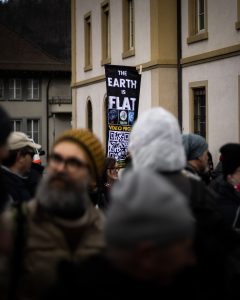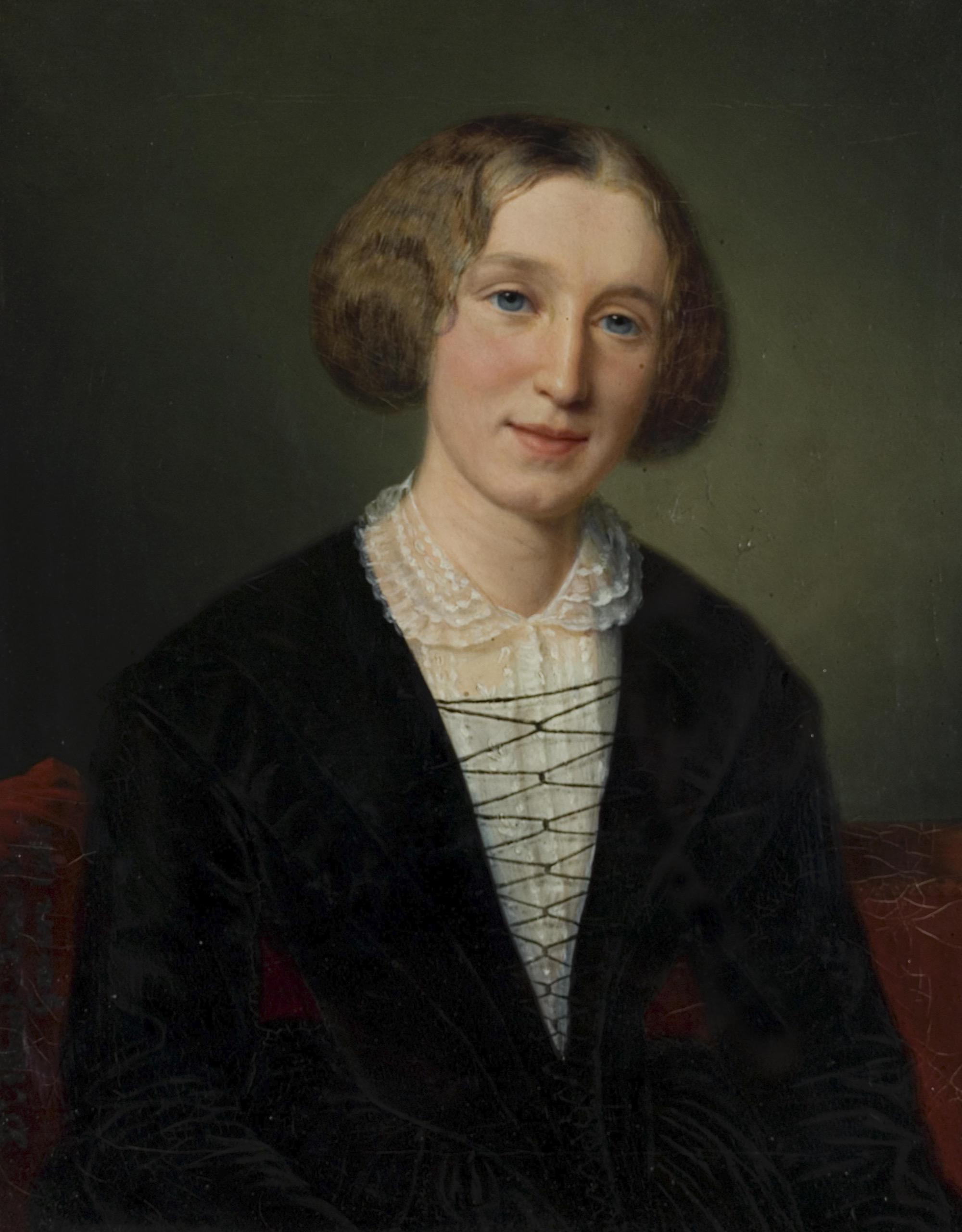Sandy
In her influential account of structural injustice, Iris Marion Young illustrates the problem with the story of Sandy. Sandy is a single mother of two who finds herself on the verge of homelessness as a result of everyday circumstances associated with a market economy and changing patterns of property use and development. All individuals with whom Sandy interacted, such as landlords and estate agents, acted according to the law and treated her with decency. However, Sandy suffers an injustice as no one should be in a position of deep insecurity of housing, particularly in an affluent society in which others benefit from the practices that led to her predicament. Considering who is responsible for this, Young explains that multiple factors come together to cause the situation, and that no individual, company, or law can be singled out as a major factor. In a case such as this, it is hard to assign what Young describes as “backward-looking” responsibility—to know what can be done, and who has the power to do it. Young’s work is enormously insightful and important for drawing attention to background structures that constrain people’s choices and for developing the concept of forward-looking, political responsibility. There is no question that a variety of factors contributed to the crisis faced by Sandy. But is it true that we cannot trace backward-looking responsibility for this situation?
In her discussion, Young does not consider the role of the law in any detail. However, if we had more detail on the concrete legal rules at play, we might find that these constitute a major cause in Sandy’s predicament. What were the laws on property and housing that permitted a single mother of two to be evicted? What were the legal rules on welfare support, which are supposed to constitute a social safety net so that people in Sandy’s position do not become homeless?
Toni
Let me tell a different story, the story of Toni. Toni was raised in social housing and had few education and employment opportunities. She took on low-paid temporary jobs in the caring industry, providing support to individuals who needed help with daily tasks in their homes. She worked through an employment agency. Agency workers are entitled to the national minimum wage in the U.K. and other countries, but Toni’s hours were patchy and care workers’ travel time between jobs is not paid. Some months she had difficulties paying her rent.
Toni decided to find better work, independently of the employment agency, as she wanted a more stable income. She aspired to go to university and work for a charity. While looking for work, she had to claim social benefits in order to pay her rent but was informed that to be eligible for social support, she had to apply for a number of jobs per month. If she did not, her benefits would be cut. The vacancies for which she was asked to apply included agency work. Toni explained that she did not want to work through an agency because of her past experience, but she was told that she had to apply for all work that was suitable for her, including through agencies. Toni could not sustain herself without work or social support and was faced with homelessness. She therefore started over again by applying for agency and other non-standard work. Toni’s status was already precarious because of her gender, race, and background of poverty, and she found herself in a pattern of disadvantage from which she could not escape.
State-mediated Structural Injustice
The story of Toni may seem similar to Sandy’s. She is in a situation of in-work poverty, unable to meet her basic needs or pursue a better life for reasons beyond her control. Here, like with Sandy, there does not appear to be any direct state action that harms her, and no individual—no employer or anyone—is breaking the law. Yet Toni is trapped in this situation: she wants to get a better job and be able to cover her basic needs, but she cannot afford it.
We can say that Toni, like Sandy, is a victim of structural injustice and that we cannot identify backward-looking responsibility. However, it is important to look more closely at how people like Sandy and Toni find themselves in this situation, for otherwise responsibility may become too diffuse.
Could these instances of structural injustice be “state-mediated”? In other words, could we identify responsibility of the state in situations of injustice that appear to be structural? In Sandy’s story, we cannot scrutinize the role of the state closely as we do not have enough information on the property, labor, and welfare conditionality framework. In Toni’s story, we can attempt to take a closer look at the role of the legislation that was in force. Toni is employed through an agency as a part-time worker. In this kind of working arrangements that we have in many countries and which are typically called precarious, it is often not clear in law whether there is an employer or whether the worker is self-employed, who is the employer (the employment agency or the end user) and what duties it owes to those who work for it (as an employee or worker). This has implications for the legal rights that agency workers have or from which they are excluded through law. Businesses, acting lawfully, prefer to cover permanent needs through agencies so that they do not assume employer duties that they would have had by employing workers directly. People like Toni, working in already undervalued sectors, may be viewed as self-employed, a status that further excludes them from employment laws. Moreover, Toni is required to work for an agency through welfare conditionality laws, which make social support conditional upon applying for and accepting work. If she refuses to apply for agency work, the law says that she will be sanctioned by losing access to welfare support and she will become destitute. Finding better work is made impossible by harsh conditionality rules: Toni faced the prospect of destitution when she sought to do so. Not only did rules of employment and welfare law not protect her, but some of these rules explicitly excluded her as an agency worker from their scope, compounding her disadvantage, while harsh welfare conditionality rules made it impossible for her to find better work.
The laws in question may have an appearance of legitimacy: they seek to increase labour market flexibility and encourage people to work, rather than being passive recipients of benefits. They may not be described as direct state action with intention to harm, to which Young refers by using Mugabe’s decision to raze shantytowns as one example. Even though these rules may have an appearance of legitimacy, we find that they force and trap people into work poverty, facing situations where they cannot meet their basic needs.
The example of Toni, like Sandy’s, shows that often individuals find themselves in such a situation not because they are idle, irresponsible, or uninterested in better work and life, but because of structural factors that severely constrain their options. Toni’s race, gender, and background of poverty were certainly such factors. However, concrete legal rules with an appearance of legitimacy compounded her disadvantage, and played a major role in this example of structural injustice that should be understood as state-mediated. These rules increase and compound people’s vulnerability, and force and trap social groups in structures of injustice, even while many others benefit from this situation.
Widespread unjust structures and structural change
We saw in the example of Toni that she is found in precarious working arrangements from which she cannot escape, while many others (employers, agencies, and workers in secure employment arrangements) benefit from this situation. What needs to be further highlighted is that this is not an isolated instance. Many categories of workers are affected by such laws, including migrant workers under heavily restrictive visa schemes (such as domestic work, care work or seasonal work visas), undocumented workers, working prisoners and immigration detainees, others employed in precarious arrangements (including agency or zero-hour contracts), and many people under harsh welfare conditionality schemes, as I discuss in my book Structural Injustice and Workers’ Rights. These patterns become all the more widespread, standard, and routine in many industrialized countries, and state authorities are responsible for enacting the relevant rules.
Changes in the laws will not address all instances of structural injustice. However, a change in legal rules can remove important barriers that compound vulnerability to injustice and severely limit choices. Structural change cannot be brought about easily, of course. It can be achieved through democratic politics, activism, civil society organizing, and trade unionism. At times, it can also occur through legal avenues that challenge the legislation through litigation (and particularly strategic human rights and anti-discrimination litigation). Examining closely the factors that create vulnerability to exploitation, scrutinizing, and challenging the role of concrete and identifiable legal rules is a step towards such change.
The post State-Mediated Structural Injustice first appeared on Blog of the APA.
Read the full article which is published on APA Online (external link)







